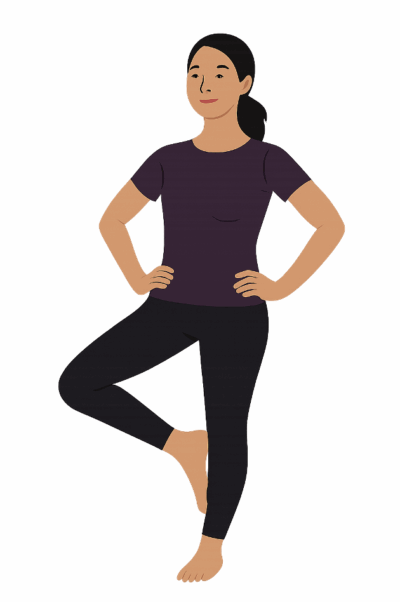Stork Test
The Stork Test (also known as the Gillet or One-Legged Stance Test) is an orthopedic assessment primarily used to evaluate sacroiliac joint (SIJ) mobility and function. Some variants also assess for lumbar pars interarticularis stress fractures (spondylolysis), but its main use in manual therapy is to check SIJ symmetry and dysfunction.
How the Test is Performed
-
Client position: Standing, usually with feet together.
-
The examiner palpates the posterior superior iliac spine (PSIS) and a reference point such as S2, L5, or the sacral apex on the same side.
-
The client is asked to flex the hip and knee on the tested side (stand on one leg, raising the opposite knee as high as possible).
-
The examiner observes the PSIS movement relative to the reference point as the hip flexes.
-
A positive Stork Test: The PSIS fails to move posteroinferiorly (down and back) relative to the sacral landmark as the client lifts the knee.
-
Pain or inability to balance for 10 seconds may also be considered positive in some clinical contexts.
-
Clinical Significance
-
A positive test suggests SIJ hypomobility or dysfunction on the tested side. The ilium fails to rotate appropriately.
-
Some advanced versions assess for lumbar spondylolysis by adding lumbar extension, with pain indicating stress to the pars interarticularis.
-
Reliability is moderate when interpreted by a single experienced examiner; used best as one part of a broader SIJ and lumbar assessment.
Assessment
-
Use for clients with chronic low back, pelvic, SIJ, or buttock pain–especially if asymmetry or postural issues are observed.
-
Observe and document pelvic movement quality and balance control for treatment planning.
-
Combine with SIJ pain provocation tests (Thigh Thrust, Sacral Thrust, Gaenslen, FABER) for comprehensive evaluation.
Treatment
-
If positive:
-
Avoid forceful mobilization or aggressive deep work over the SIJ on the dysfunctional side.
-
Focus manual therapy on gentle soft tissue release, myofascial techniques for the pelvis/hip, and functional movement retraining.
-
Support pelvic stabilization and educate about posture, activity modification, and exercises for core/hip stability.
-
-
Referral may be needed if suspected lumbar pathology (e.g., spondylolysis) or severe dysfunction is present.
Safety and Referral
-
Refer to a physician or physiotherapist for severe, persistent, or progressive pain, or if spondylolysis is suspected with extension-based pain.
-
Massage therapy should always be gentle and supportive pending medical or imaging assessment in complex cases.

